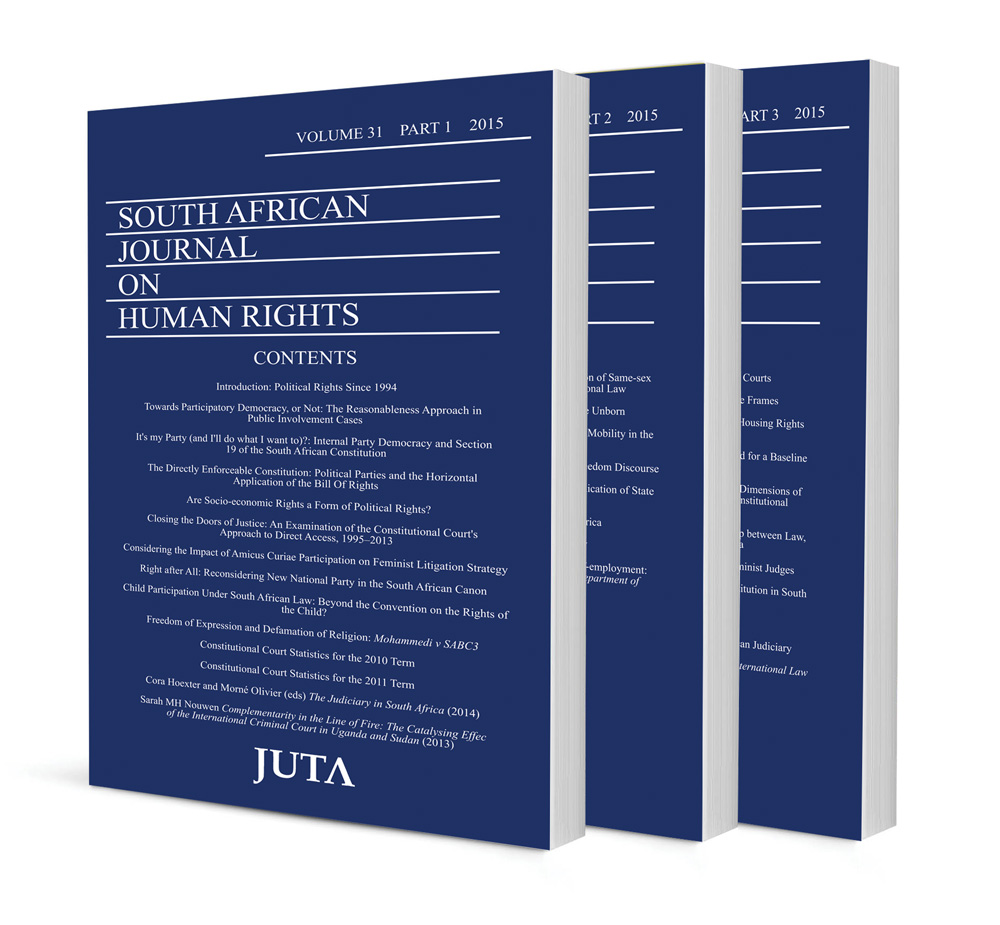Lived experiences of the choice on termination of Pregnancy Act 92 of 1996: Bridging the gap for women in need

Lived experiences of the choice on termination of Pregnancy Act 92 of 1996: Bridging the gap for women in need
Authors Camilla Pickles
ISSN: 1996-2126
Affiliations: LLD candidate and Academic Assistant at the Centre for Child Law, Department of Private Law, University of Pretoria
Source: South African Journal on Human Rights, Volume 29 Issue 3, 2013, p. 515 – 535
Abstract
The Choice on Termination of Pregnancy Act 92 of 1996 embodies a laudable and liberal ideal, namely that the course of a woman’s life does not have to be determined by her reproductive capacity. Instead, she has the right to free, non-therapeutic termination of pregnancy in a safe environment, a right which exists up to the end of the second trimester. Dignity, equality, and security of the person are therefore the foundation stones of the right. However, this is not the case for women with limited means who have no choice but to rely on the public provision of termination-of-pregnancy services. Studies of women’s lived experiences of the implementation of the Act show that there are barriers to accessing termination-of-pregnancy procedures that need to be removed if they are to enjoy this right fully. Not least of these barriers is the state’s failure to fulfil its s 27 obligations in terms of the Constitution of the Republic of South Africa, 1996, as well as its far-reaching inaction in engaging with the implementation of the Act. Numerous other barriers exist at the provider and community level. Only through the removal of such barriers and with the state’s fulfilment of its obligations will it be possible to translate the provisions of the Act into their envisaged implementation, thus guaranteeing all women in South Africa (regardless of socio-economic standing) the right to safe and quality termination of pregnancy that is accompanied by dignity, equality and security of the person.